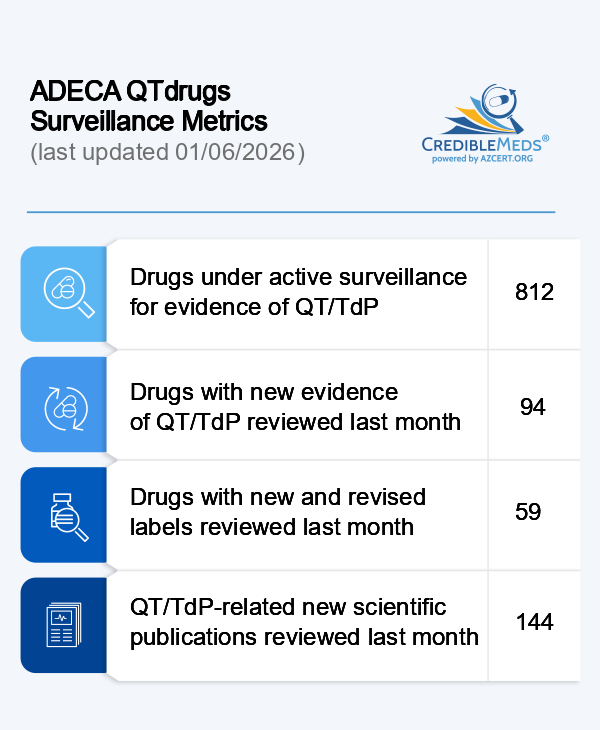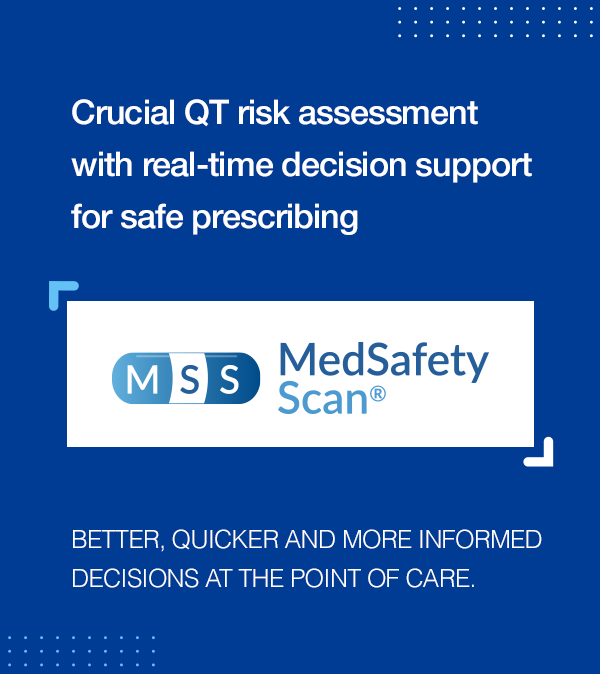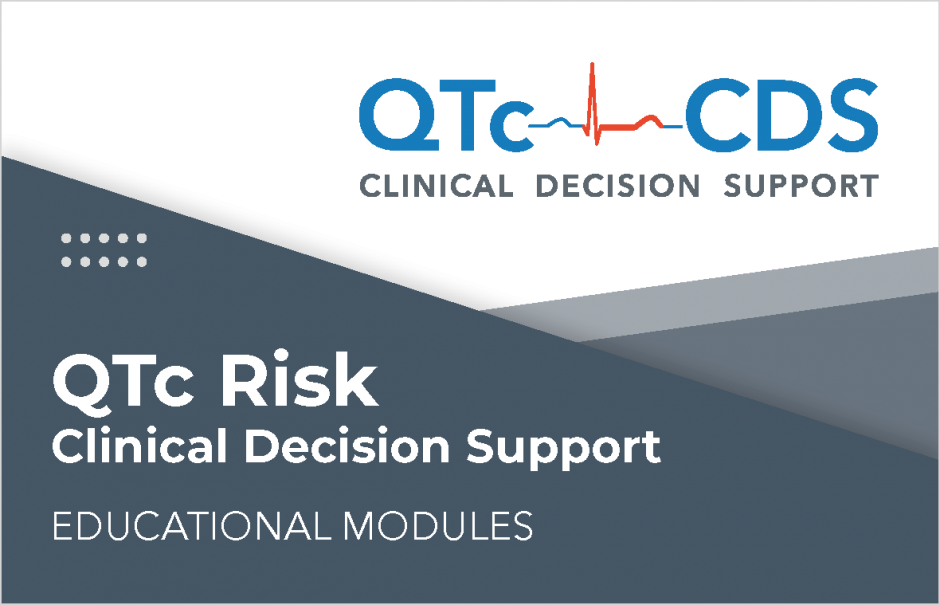About Us
CredibleMeds® is an online resource that promotes the safe use of medicines. It was created and is maintained by AZCERT, a non-profit 501(c)3 organization. AZCERT was founded in 1999 as the university-based, federally funded Center for Education and Research on Therapeutics (CERT), with a mission to foster the safe use of medicines. In 2012, CERT became AZCERT or Arizona CERT, an independent non-profit organization incorporated in Arizona. AZCERT's website was renamed CredibleMeds® in 2014 to better reflect its scope and global recognition as a trusted resource on safe medication use for healthcare providers, research scientists and the public. AZCERT maintains CredibleMeds' databases and it's many resources and is best known for the QTdrugs List of drugs that have a risk of QT prolongation and a life-threatening cardiac arrhythmia known as torsades de pointes (TdP). Under a contract with the FDA's Safe Use Initiative, AZCERT developed and launched hospital-based clinical decision support systems that are now being expanded for all clinical environments and available for use online at MedSafety Scan®.
The QTdrugs List is a copyrighted technology and, as stated in the Terms of Use, commercial use requires a license or authorization from AZCERT. For registrants to gain commercial access to the QTdrugs Technology, Single and Multiple Users Licences can be ordered online here. For companies wishing to incorporate the QTdrugs technology in software that is limited for use within the organization by any number of employees, such a license can be ordered here. If the company wishes to embed the QTdrugs Technology within a product that is to be sold by the company, a license for that purpose can be ordered here. We are available to answer your questions or discuss other potential uses for QTdrugs Technology at info@azcert.org.
Overview of CredibleMeds®
Since its initial launch in 1999, CredibleMeds® has developed educational and research programs providing resources for medical professionals, researchers and consumers. Most notably, CredibleMeds® has built and applied a novel, systems-based approach to reduce harm from medications and drug-drug interactions (DDIs) – with a special focus on drugs that prolong the QT interval on the patient’s electrocardiogram and thereby increase the risk of TdP.
To scientifically assess risk of harm from medicines, CredibleMeds® has developed a risk-stratification process – the Adverse Drug Event Causality Analysis (ADECATM) – that includes monitoring and analysis of 1) scientific articles in the published medical literature, 2) information in the official drug label, 3) reports submitted to its website and 4) data in the FDA's Adverse Event Reporting System (AERS) using Oracle's Empirica Signal software. Drugs are placed into one of three risk categories based on their relative potential to alter the electrocardiogam (QT prolongation) and/or cause TdP. More than 210,000 registered users view the QTdrugs List and our list of Drugs to Avoid for patients with congenital long QT syndrome.
The CredibleMeds® website serves as a unique global resource that is highly valued for its positive impact on clinical prescribing.1 Each month, its web-based QTdrugs List receives approximately 60,000 unique visitors from over 190 countries. Major hospital systems, including the Mayo Clinic in Rochester, Minnesota, have incorporated the CredibleMeds® drug list into an electronic prescribing alert systems to identify patients at risk for sudden death.2,3 The QTdrugs List is also a valuable resource for clinical investigators and for drug regulators. Click here to see how they are being used.
CredibleMeds® is led by its founder, Dr. Raymond Woosley, and a team of scientists and communication specialists. The long-range goal for the organization is to develop partnerships in order to incorporate the QTdrugs List generated by CredibleMeds® into clinical decision support systems that save lives.
1. Pieter G. Postema; Jon Neville; Jonas S.S.G. de Jong; Klaus Romero; Arthur A.M. Wilde; Raymond L. Woosley.Safe drug use in long QT syndrome and Brugada syndrome: comparison of website statistics. Europace 2013; doi: 10.1093/europace/eut018.
2. Haugaa, K.H. et al. Institution-wide QT alert system identifies patients with a high risk of mortality. Mayo Clinic Proc. April 2013. 88 (4) 315-325.
3. Tisdale JE, Jaynes HA, Kingery JR, et al. Development and validation of a risk score to predict QT interval prolongation in hospitalized patients. Circ Cardiovasc Qual Outcomes 2013;6:479-87.











